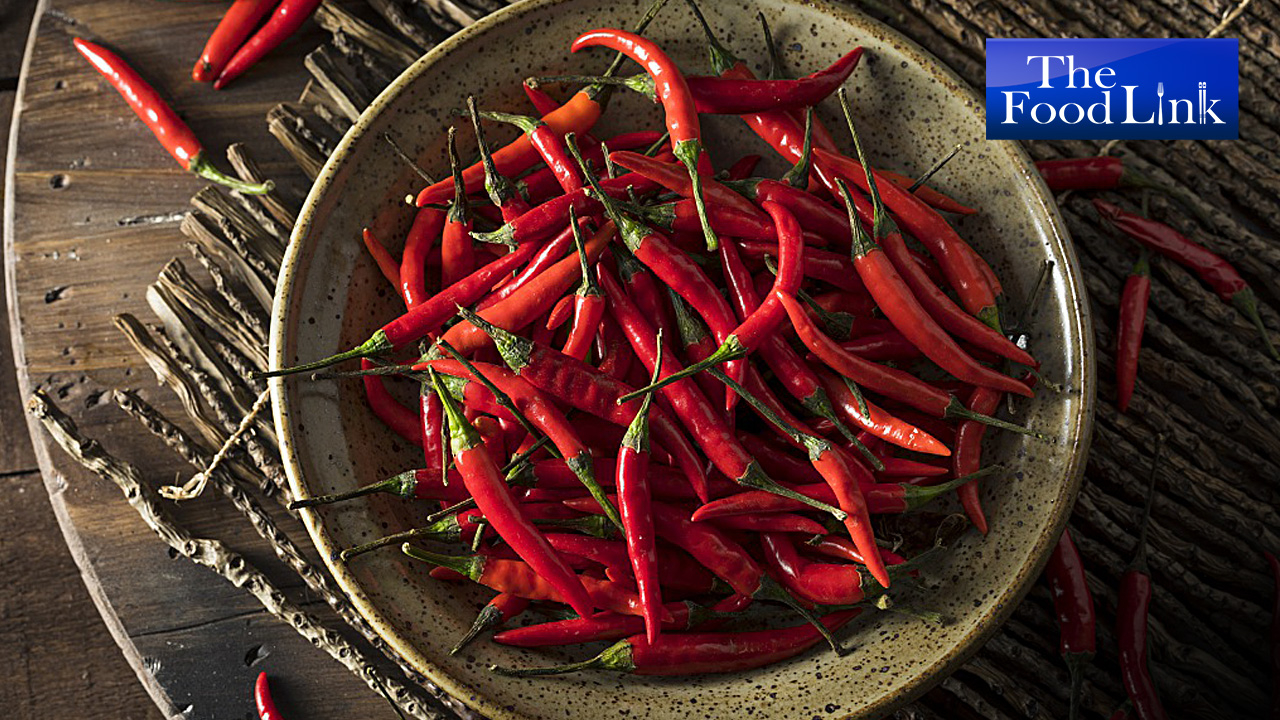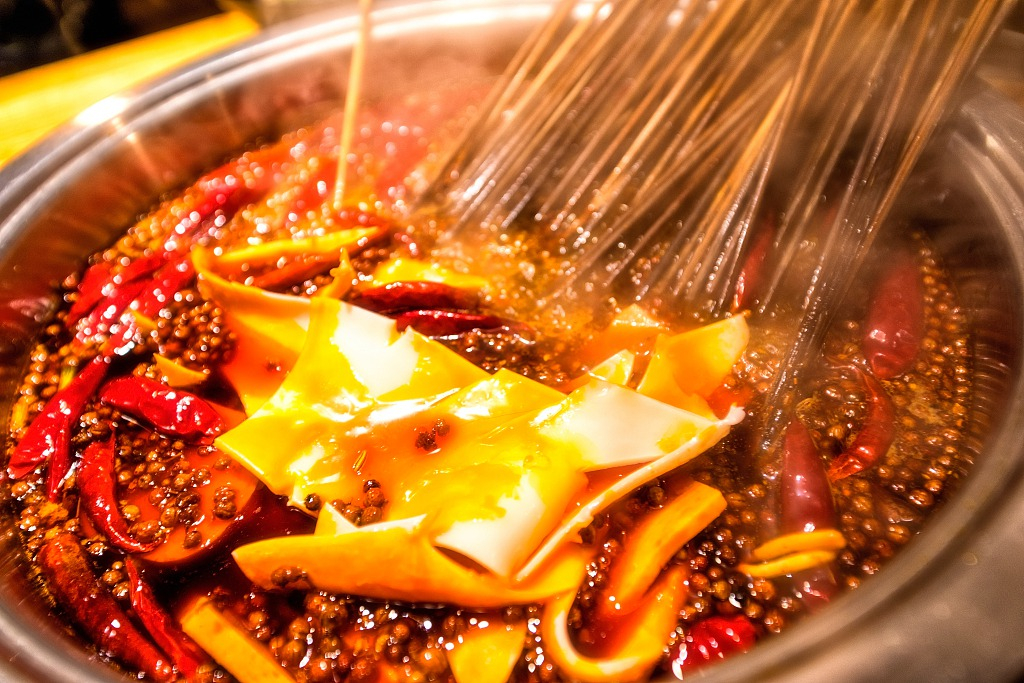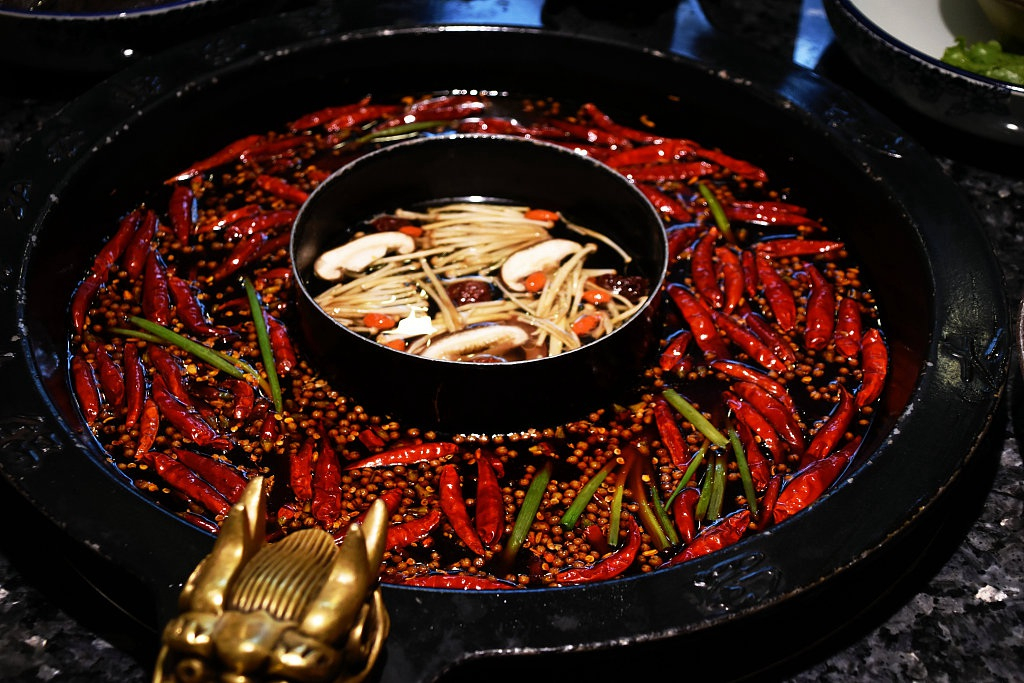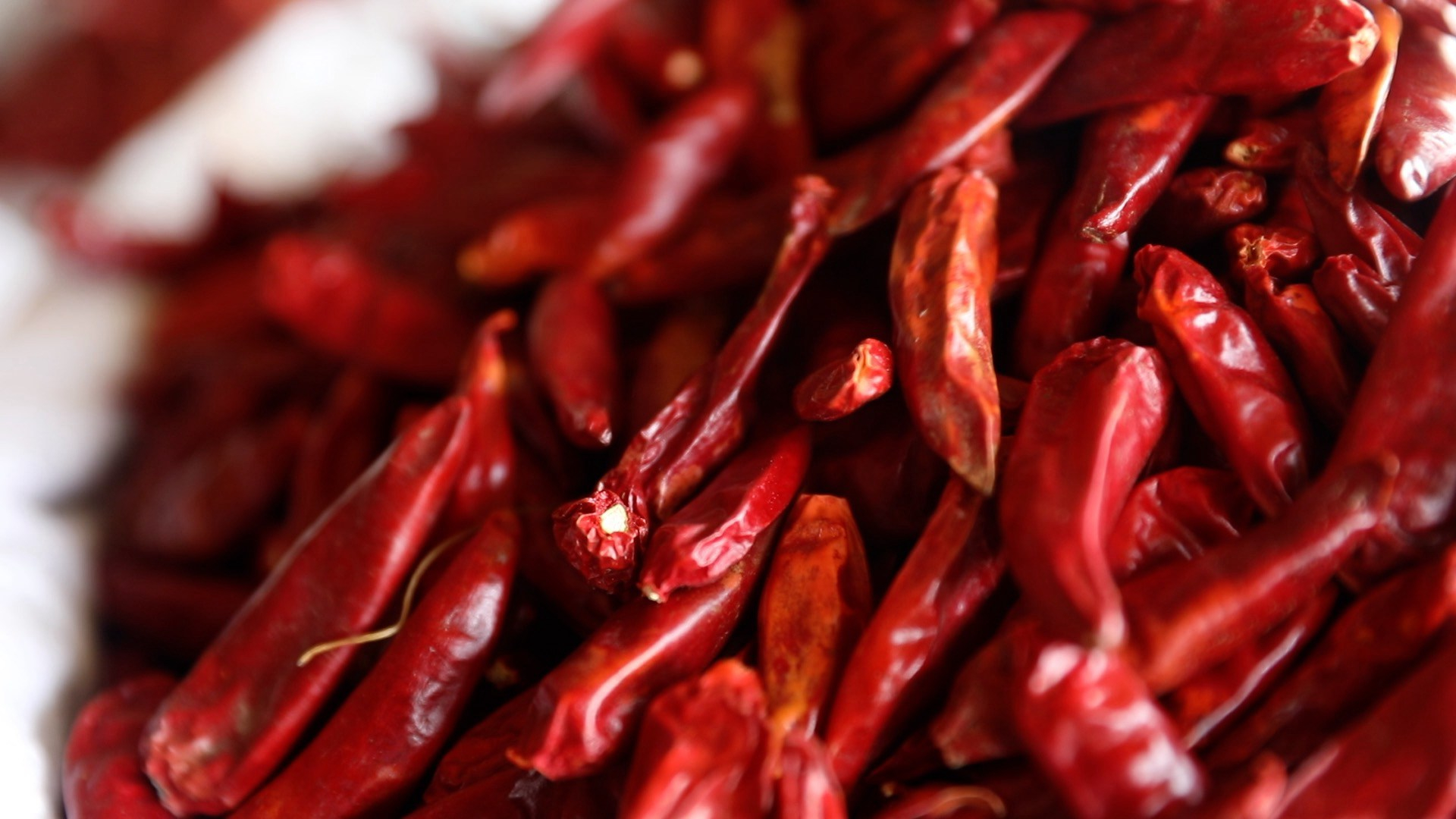
Food
20:30, 12-May-2019
Chili Pepper Madness: How a foreign plant became a Sichuan culinary icon
By Tao Yuan
03:01

"The chili pepper didn't come from Sichuan, just like crayfish didn't come from here (Sichuan) as well," said Wang Shiwu, a food critic based in Chengdu as he sits in front of a tableful of crayfish cooked in different ways – boiled, stir-fried, steamed, all with chili peppers and other strong spices. "But that doesn't stop us Sichuanese from adapting it to our liking and enjoying it."
Alongside the pungent smell, a whiff of pride wafts through the air. Indeed the capital of southwest China's Sichuan province is known for its strong-flavored cuisine. Signature dishes such as Kung Pao Chicken and Ma Po Tofu are enjoying world fame. The one ingredient in practically every dish – chili peppers.
"We Sichuanese eat spicy food soon as we are born," said Fang Yuan, a manager of XiaoLongKan Chinese Fondue, one of the most popular hotpot chains in China. "Even for breakfast, we need chili sauce to spice up the flavor. A meal without chili pepper for us is like a meal without salt for people elsewhere."

Sichuan food with peppers. /VCG Photo
Sichuan food with peppers. /VCG Photo
The chili pepper has become so nurtured into one of China's most beloved cuisines, that when people enjoy it, seldom do they remember it actually has its roots half a world away.
"Sichuan people used to call it the sea pepper, not chili pepper, which points to its origin from overseas," said Wang.
Botanists believe the chili pepper, genus capsicum, originated in South America. Archaeological records show it may have been cultivated and consumed as early as 5,000 B.C.
Come the Italian explorer and navigator Christopher Columbus in the 15th century. He may have failed to find a shortcut to India. But on the Caribbean island of Hispaniola, he found exactly what he set out to look for – spices. In the century after, Spanish and Portuguese traders, eager to break the monopoly wielded by the Arabs over access to spices, spread the edible plants to places as far as Africa, India and the Middle Kingdom.

Peppers used in Sichuan hot pot. /VCG Photo
Peppers used in Sichuan hot pot. /VCG Photo
Exactly how did the chili pepper find its way to China? – Food historians have yet to arrive at a consensus. The earliest record of it here in Sichuan dates back about 400 years. Since then, the people in this region have exploited all its culinary possibilities – fresh, dried, pickled, grinded into powder, and made into sauces and oils.
"Sichuan is not the only province in China that's crazy about spiciness," said Wang. "But people here are the most inventive." The Pixian bean paste, an oily thick paste made from fermented broad beans, fresh chili pepper, wheat flour and salt, is just one example of how locals turned moldy beans into a culinary delight.
"There are countless types of spiciness. The numbing heat is just the tip of the pyramid. Down below, there's endless aftertaste," Wang said in another boastful moment.

Peppers /VCG Photo
Peppers /VCG Photo
"If you compare Chinese gastronomy to a kingdom, salt is the unshakable king," said Fang. "But if this kingdom wants to grow and prosper, then the chili pepper is that wise and resourceful prime minister. You can't downplay its contribution."
For the Sichuanese, spiciness has become so much more than just a flavor.
"Eating spicy food opens up your pores, hence making you go about life and work with more passion," said Wang. "Sichuan people tend to be fiery and fierce go-getters."
So feel the heat, in every sense of the word. The New World import, with all its bite and burn, has become, in every way, part of the cultural identity of Sichuan.

SITEMAP
Copyright © 2018 CGTN. Beijing ICP prepared NO.16065310-3
Copyright © 2018 CGTN. Beijing ICP prepared NO.16065310-3